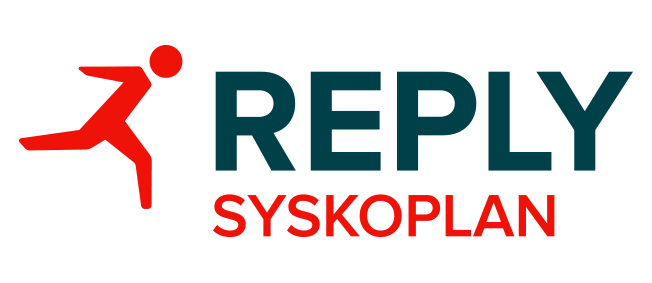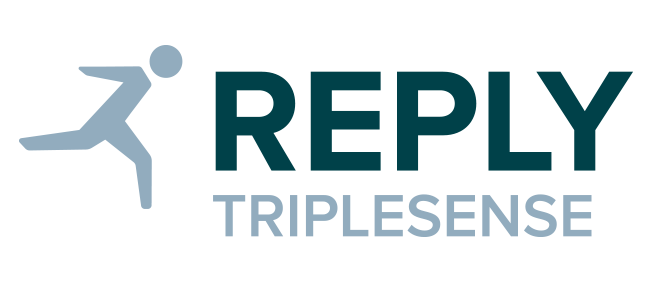)
A new life to store Flyers
FLYERS ARE NOT DEAD, THEY ARE JUST SMARTER
The traditional process of creating and distributing flyers is notoriously manual, costly, and slow. By reimagining this entire workflow through AI, the classic store flyer can be transformed into a dynamic, highly effective, and intelligent marketing tool.
From Manual Complexity to Intelligent Automation
Traditionally, retail brands have relied on a fully manual process to produce their regular promotional flyers. This approach was often geographically segmented, tailored to specific stores or regions, which added layers of complexity and significantly extended production timelines. Manually updating flyers was a painstaking task; correcting an error such as a wrong price across multiple flyer versions could result in costly delays and increased risk of mistakes slipping through. Today, leveraging vast data sources alongside artificial intelligence, what was once an onerous, error-prone process can now be transformed into an agile, streamlined system. Automation compresses production from days down to minutes, not only cutting time but also greatly reducing human error that previously hindered efficiency and increased operational costs.
Data-Driven Strategy and Automated Creativity
At the heart of this intelligent system lies a data-driven promotional strategy, which moves beyond guesswork to harness historical sales data, customer purchasing trends, and real-time stock availability. This comprehensive analysis enables AI to recommend the most effective products for promotion and to suggest optimal pricing strategies tailored to maximise success. All this data is neatly organised into a structured interface, allowing marketers to validate AI recommendations before commencing the creative phase, thereby minimising downstream errors. Following this, the system employs an automated layout engine to convert the finalised data into visually compelling flyers. By selecting from pre-configured templates that adhere to the brand’s visual identity guidelines, the AI produces drafts that closely resemble the final design. This process significantly reduces manual input, allowing only minor adjustments to be made in standard design software if necessary, accelerating flyer creation while maintaining brand consistency.
Ensuring Accuracy through AI Review
Beyond layout automation, generative AI plays a crucial role in enhancing the flyer’s visual and emotional appeal. This technology can create rich, contextual scenes by situating products within aspirational environments, crafting compelling narratives that resonate with consumers. It also generates on-brand promotional banners and unique visual concepts that can be customised for specific occasions such as seasonal sales or holiday campaigns, ensuring each flyer remains fresh and engaging. Importantly, the production process includes an AI-powered review phase, where the system cross-checks product images, text, prices, and descriptions to detect inconsistencies or errors. This automated validation drastically cuts down on manual review cycles and helps prevent mistakes from reaching the final printed or digital files. The result is a more reliable, accurate, and visually impactful promotional flyer tailored to the brand’s objectives and audience.
Beyond Paper
Modern flyers, created on digital platforms, are no longer confined to physical print but can be distributed across a variety of digital channels, significantly broadening customer engagement opportunities. This evolution delivers multiple advantages: digital flyers have proven to be far more effective in promotional impact and offer a superior return on investment compared to their paper counterparts. They also contribute to environmental sustainability by reducing the CO₂ emissions associated with mass printing. Beyond simple dissemination, digital flyers can be delivered via email, social media, and messaging apps, enabling a much wider reach. Interactive elements such as clickable links, embedded videos, and other multimedia features can be incorporated, greatly enhancing the user experience and making the content more engaging and dynamic.
Integrating Digital and Physical Customer Journeys
Digital flyers can play a relevant role in uniting a brand’s online and offline presence, supporting a true omnichannel marketing strategy. They guide customers from digital touchpoints directly into physical stores, bridging the gap between virtual browsing and in-person shopping.
Personalisation is another key strength: digital flyers can be integrated with loyalty programmes to deliver tailored offers and promotions, reinforcing customer relationships and boosting retention. Innovations are pushing the boundaries of flyer interaction, such as WhatsApp-based solutions that offer user-friendly PDF flyers with location-based store finders and subscription options for promotional alerts.
More advanced applications employ conversational AI, creating interactive “Digital Flyer Assistants” that engage customers through dialogue, recommend products based on specific needs or events, provide detailed product information, and even help build shopping lists. These lists can then be converted into e-commerce carts, providing a seamless transition from product discovery to purchase, thus innovating how consumers interact with promotional material in a mobile-first world.
Digital Monitoring Made Easy
A fundamental advantage of digital distribution is the ability to monitor and measure performance, a capability entirely absent with traditional paper flyers. It is possible to track every interaction, measuring key metrics such as open rates, click-through rates, and conversions. This data provides a precise measurement of the return on investment for promotional campaigns. Through interactive dashboards and performance analytics, marketing teams can gain a clear understanding of which promotions are resonating with which customers, and when they are most effective.
Data-Driven Optimisation and Personalisation
The data gathered from digital flyer interactions is invaluable for optimising future campaigns. These insights allow for the refinement of promotional strategies and the perfection of future marketing efforts. By understanding customer behaviour, brands can segment their audience for more targeted messaging and create hyper-personalised promotions. This data-driven approach allows for more effective customer engagement, fostering loyalty and maximising customer value over time.
Creating a Virtuous Cycle of Improvement
This continuous flow of data creates a virtuous cycle. The insights gleaned from monitoring and follow-up activities feed directly back into the initial data-strategy phase. This means that each campaign informs the next, making the entire promotional workflow progressively more intelligent and effective. The process evolves based on real-world performance data, ensuring that targeting improves, costs are reduced, and the overall impact of the flyers (both digital and physical) is consistently enhanced. The flyer can be no longer a static advertisement but a dynamic tool in an ongoing conversation with the customer.

Syskoplan Reply, specialized in consulting services and the implementation of SAP technologies, is gearing its offers towards customers that are preparing for the future and use SAP solutions as the core digital platform for their company. Syskoplan Reply uses the latest SAP technologies such as SAP Leonardo, SAP Cloud Platform and enterprise applications such as SAP S/4HANA, SAP SCM, SAP SRM and SAP Analytics to implement solutions for its customers. The Digital Experience is a core area of expertise of Syskoplan Reply with the SAP C4/HANA Customer Experience Portfolio, SAP SuccessFactors, SAP Ariba, Mobile and SAP Fiori

Triplesense Reply is a creative consulting and design agency within the Reply Group. Specialising in digital communication, user-centred design, and AI, it integrates strategic and technological expertise with a creative vocation.